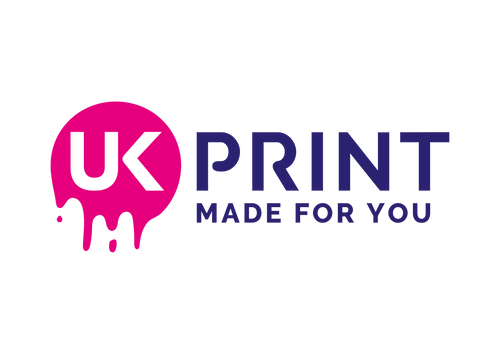Artwork Guidelines
Artwork Guidelines
Digital Dye Sublimation & UV Printing — File setup guide for designers, resellers and customers.
1) General File Requirements
| Requirement | Specification |
|---|---|
| Accepted File Types | PDF (preferred), AI, EPS, TIFF, high‑res JPEG. Export PDF/X‑4 when possible. |
| Colour Mode | CMYK. Convert from RGB before export. Pantone matching available on request. |
| Resolution | 150 DPI minimum at final size (300 DPI recommended for small items and UV work). |
| Fonts | Convert all text to outlines/curves. Embed fonts if supplying open files. |
| Images | Embed linked images. Use lossless formats for key graphics where possible (TIFF/PNG). |
| Layers & Effects | Flatten unnecessary layers. Rasterise transparencies/blends to avoid RIP artefacts. |
| Bleed & Safe Area | Bleed: 5 mm standard (see products). Keep text/logos 10 mm from trim. |
| Crop/Trim Marks | Not required unless requested. If included, offset by 3–5 mm. |
2) Digital Dye Sublimation (Textiles)
Dye-sub transfers ink into the fabric using heat and pressure. Provide artwork at final print size for best fidelity.
Recommended Settings
-
Colour profiles: CMYK
ISO Coated v2 (FOGRA39)orPSO coated v3. For design stages, Adobe RGB (1998) is acceptable but convert to CMYK before export. - Scale: Supply at 100% size wherever possible.
-
Black text: use
C0 M0 Y0 K100. Rich black (fills):C60 M40 Y40 K100. - Gradients/backgrounds: extend beyond bleed to prevent white flashes.
- Minimum text size: 8 pt on light backgrounds; 9–10 pt on dark/busy backgrounds.
Common Issues to Avoid
3) UV Printing (Rigid Media & Signage)
Direct‑to‑substrate printing ideal for acrylic, PVC, Foamex, Dibond, wood and more. Supports white ink and optional spot varnish.
File Preparation
- One file per panel or section. Include overall size in filename.
-
White Ink: create a separate spot colour named
Whiteat 100% fill; set to “Spot Colour” in AI/PDF and place on its own top layer. -
Varnish: spot colour named
Varnishon a separate layer for areas requiring gloss. -
Colour Profile: CMYK (
ISO Coated v2orPSO coated v3). - Bleed: 3 mm per edge. Resolution: 200–300 DPI at size.
-
Cut paths/holes: vector strokes (e.g. 0.25 pt magenta) on a dedicated layer named
CutPath.
Important Notes
4) Product‑Specific Notes
| Product | Guidance |
|---|---|
| Flags / Fabric Banners | Add 10 mm bleed. Expect mirrored show‑through on reverse. Avoid tiny text; keep critical elements away from edges and pole pockets. |
| Cushions / Beanbags | Allow 20 mm seam allowance (bleed). Mirror zipper panels as needed. Keep logos ≥15 mm from stitch lines. |
| Tablecloths | Add 20–30 mm bleed. Place key branding on front drop; avoid critical text on corners/overhang. |
| Acrylic / Dibond Panels | Provide vector CutPath. For second‑surface acrylic prints, add a solid White spot underprint. |
| Floor Graphics | Confirm text orientation. Use CMYK only; avoid over‑rich blacks that can scuff visibly. |
5) Pre‑Submission Checklist
6) How to Supply Artwork
- Portal upload: via order confirmation page.
- Email (≤20 MB): artwork@ukprintingcompany.co.uk
- Large files: WeTransfer, Dropbox, Google Drive link.
Include order number, product, and quantity in filenames or message.
7) Proofing & Colour Disclaimer
We strive for accurate colour reproduction. Screen colours (RGB) differ from print (CMYK). Pantone matching and hard proofs are available on request and may incur additional costs. If exact colour is critical, request a printed swatch or pre‑production proof.
